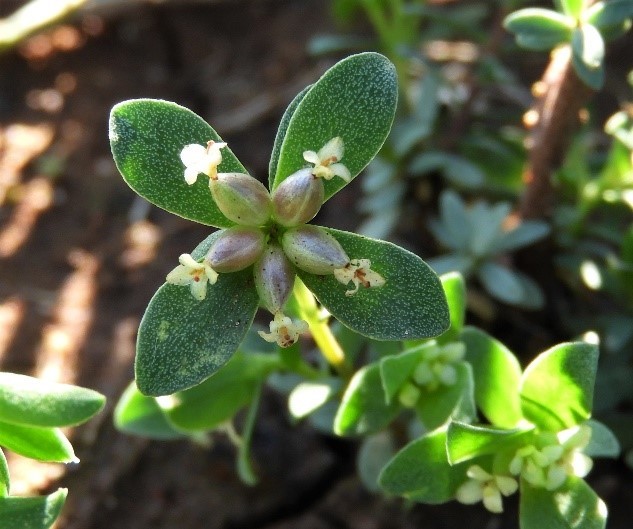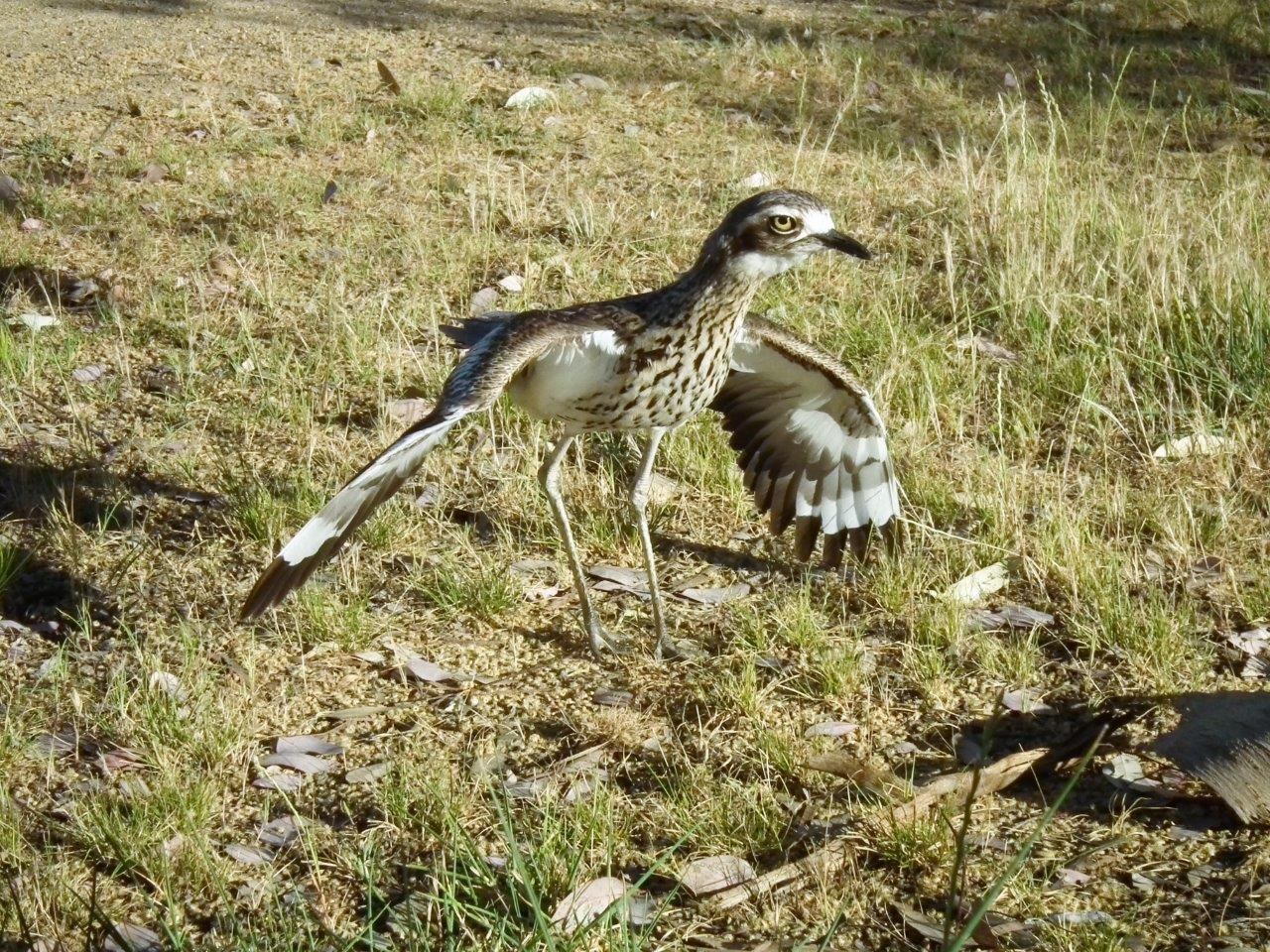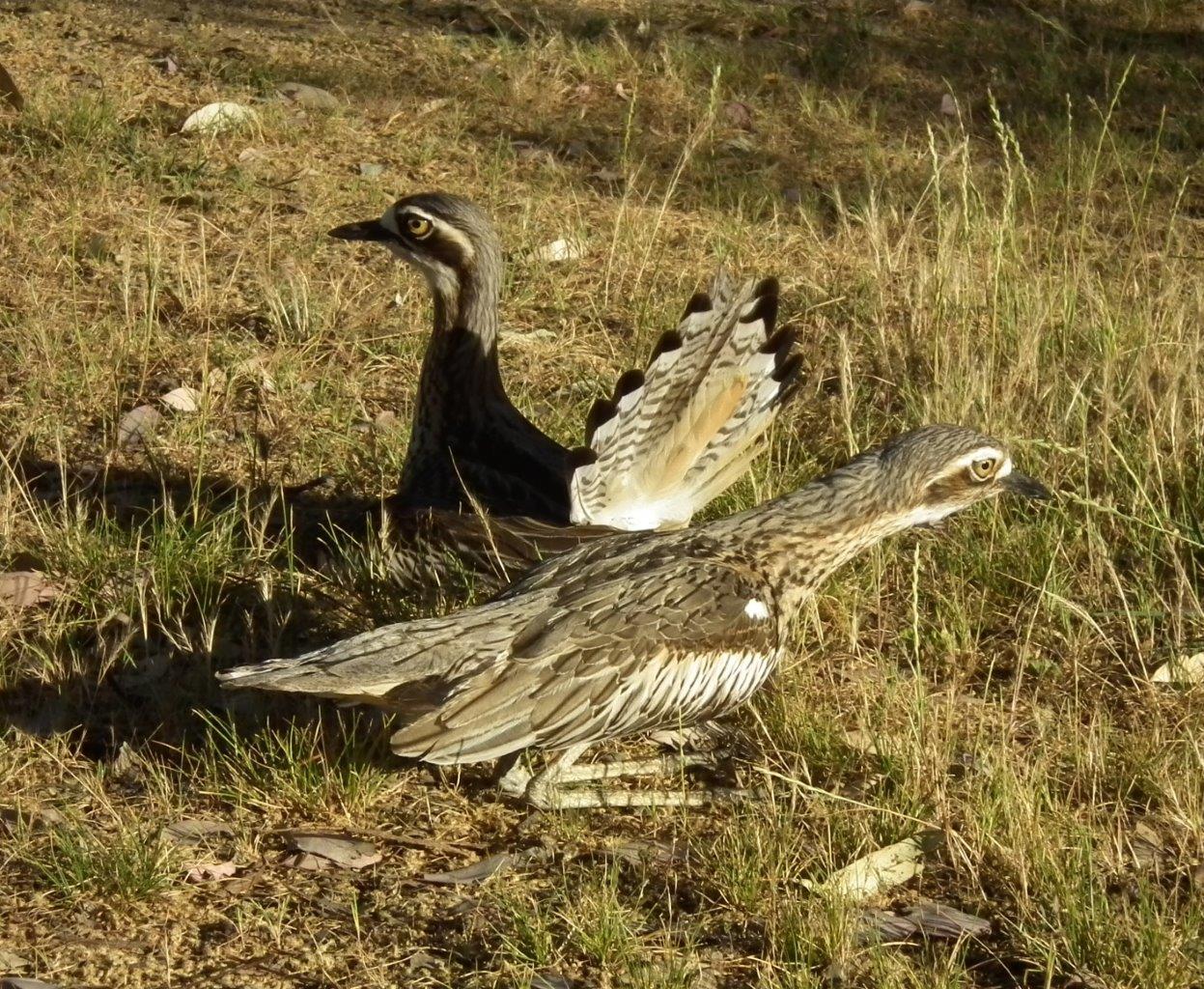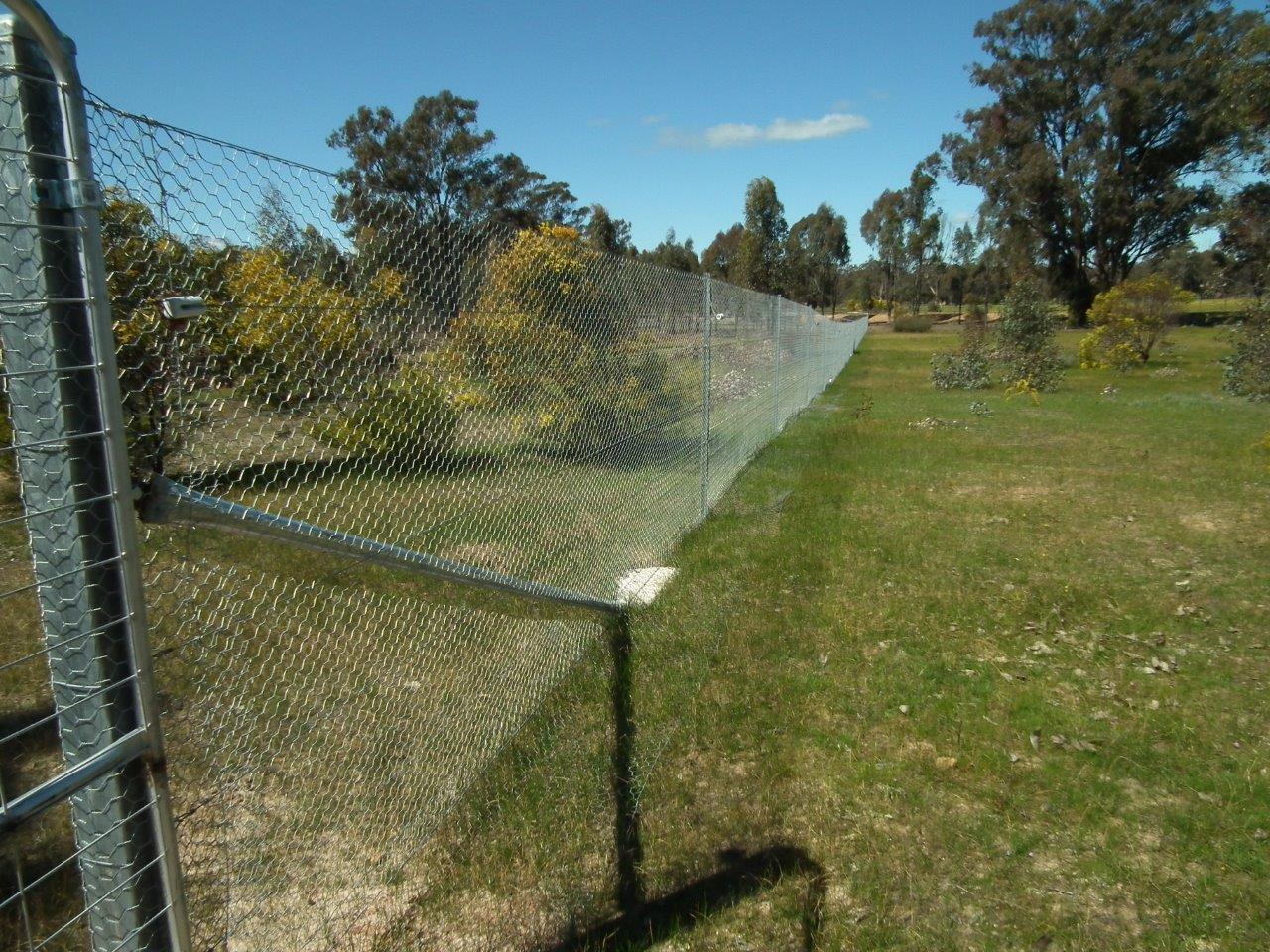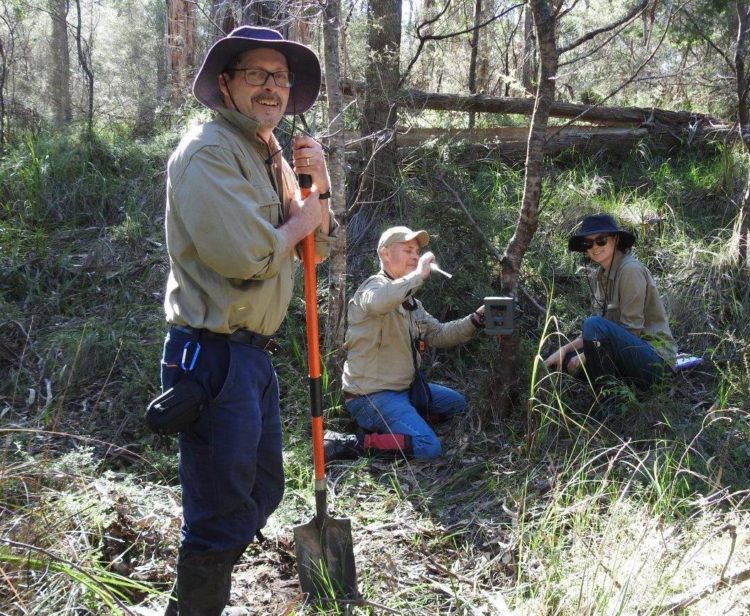Protecting East Gippsland after the fires
Trust for Nature is working with landholders in East Gippsland to support recovery from the 2019-20 bushfires and increase ecological resilience in the landscape.
After the devastation of the fires, it is more important than ever to make sure wildlife have safe places to live.
One part of the project will focus on protecting habitat which can serve as refuges for wildlife. This will be achieve by placing a conservation covenant on the property and/or through fencing. Incentives of up to $1,000 per ha are available for landholders.
The other part of the project will focus on improving habitat for wildlife through deer, fox and weed control and revegetation.
This Program has been supported by the Australian Government’s Bushfire Recovery Program for Wildlife and their Habitat.
If you are a landholder in East Gippsland who is interested in receiving assistance, please contact Catherine Crowden, Conservation Officer, 0439 999 026 , catherinec@tfn.org.au.
Once funds have been expended this offer will no longer be available to landholders. Projects must be completed by April 2022.
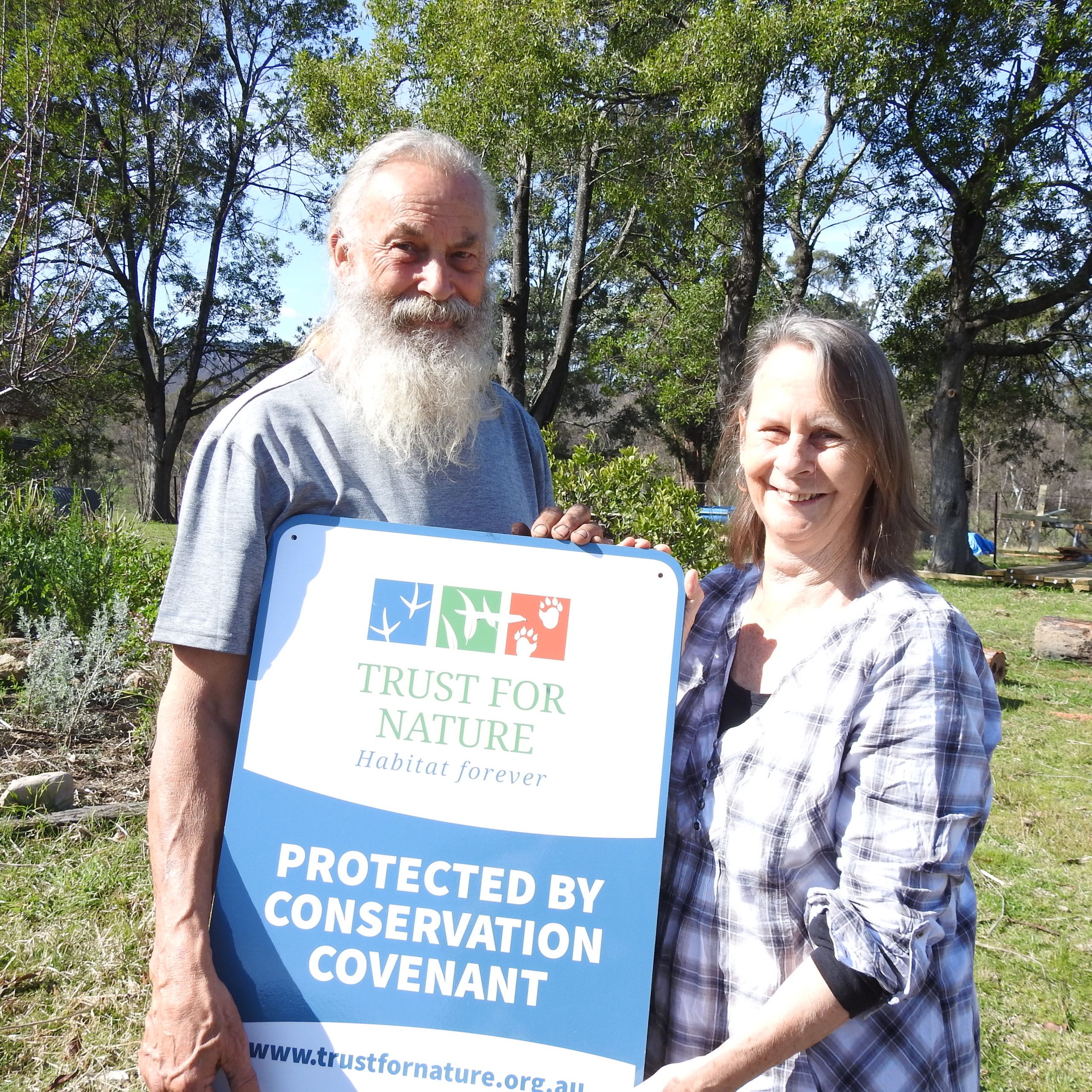
The fires really reaffirmed the importance of looking after what we have. The covenant is a wonderful opportunity to protect what’s left of an old forest. We encourage more people to take out a covenant to protect more wonderful places.
Virginia, East Gippsland landholder who protected 146 ha of their 208 ha property.
